Nowadays, smartphones are still being upgraded continuously, and the screen size and hardware performance are soaring, but the battery life cannot be improved. While other component technologies are rapidly evolving, battery technology has not evolved at the same time and has been left behind. For this reason, the mobile phone's battery life has become the most troublesome problem for users to use their mobile phones daily.
About mobile phone battery / charging you should go out of these misunderstandings
There have been a lot of talks about the charging of smartphone batteries, and some charging mistakes often make people confused. Everyone should have heard this saying: When you sleep, connect your smartphone to the charger and charge it continuously for a whole night. This will damage the phone battery. There are many similar statements. In order to enable everyone to use the phone more safely and effectively, let's take a look at some of the misunderstandings of the phone battery and charging.
1. Is the fast charge technology awkward?
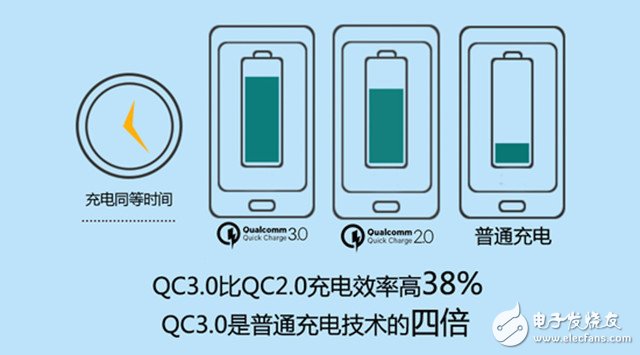
Qualcomm fast charging program
The current mobile phone fast charging technology can be divided into two categories: one is to improve the current pie; the other is to increase the voltage pie. The general idea of ​​improving the current scheme is to thicken the charging line, expand the charging cable line from the ordinary 4-pin or 5-pin to 7-pin, etc. The charging line becomes thicker, the resistance becomes smaller, and the current is increased. Increasing the voltage component can be understood as that after the voltage is raised at the charging head, the mobile phone integrated circuit is further lowered and then input into the battery. All in all, the essence of fast charging technology is to increase the input voltage by increasing the voltage or current reaching the battery under certain conditions (such as safety).
2. Charging the whole night, will it damage the battery?
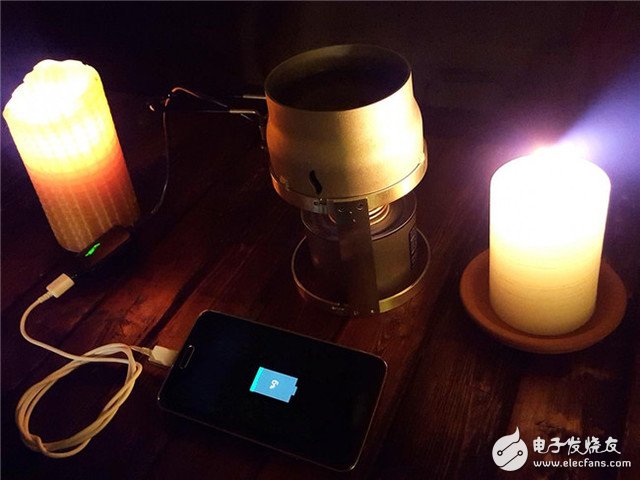
Mobile phone charging at night
The phone may experience repeated charging after a full night of charging, and repeatedly putting the phone in a constant voltage state of charge will reduce the battery life; however, the smartphone we use now will stop charging after the battery is fully charged until the battery is charged. Charging will not continue until it is below a certain voltage. Normally, when the mobile phone is in standby mode, the power consumption drops slowly, so even if it is charged overnight, it will not trigger recharging frequently. But what I want to say is that although charging will not damage the battery all night, the battery life will be greatly reduced in the long run, so in order to extend the life of the phone, try to avoid charging all night.
3. Is it good to charge while playing the phone?
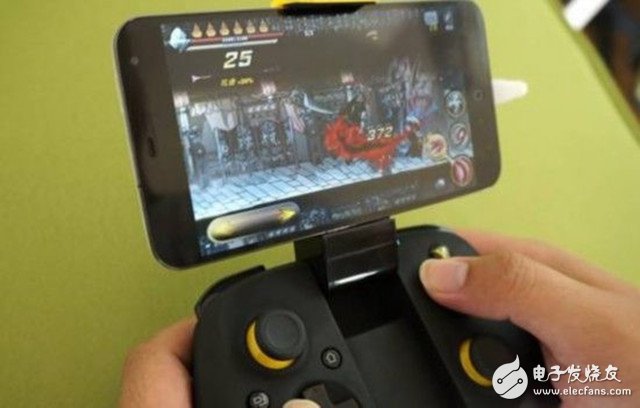
Mobile phone while playing games
You may think that using it while the phone is charging will have an adverse effect on the phone's charging circuit or battery. In fact, many mobile phones currently have path management, which means that the phone directly takes power from the charger when charging. Even without path management, there is no problem with taking power directly from the battery. However, considering the temperature problem, the CPU and the screen are hot when playing the mobile phone; the battery is also hot when charging; the superimposed heat of the two may cause the mobile phone to reach a higher temperature than playing the game alone or charging separately. Therefore, when charging while playing mobile phones, pay attention to whether the mobile phone is overheated. If it is overheated, it is recommended to take conservative measures to cool down.
4. The mobile phone battery needs to be charged and refilled at regular intervals to maintain its life.
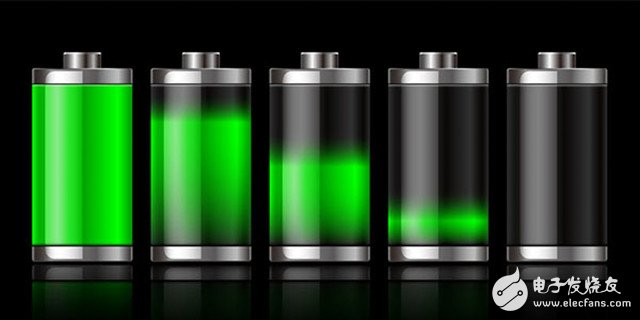
The mobile phone battery does not need to be recharged at regular intervals.
Many users have the idea that the mobile phone battery needs to be "trained" to charge as much electricity as possible, so in order to achieve this goal, the user will light up the mobile phone battery at regular intervals. When the battery power is still more than 80%, it is better to plug in the power supply. In fact, this view is wrong. Now the lithium battery used in the smart phone has no memory function, even if the power reaches 80%, it can be charged. Therefore, the user can charge and charge, regardless of the amount of power.
5. Can third-party battery management software help extend battery life?
It can be said that third-party battery management software has no effect on battery life. Often these task management software can allow or block some tasks, but they don't have much built-in system for battery life. You may need third-party applications to better manage your applications, but don't expect them to extend battery life.
6. Is it safe to use a third-party battery or charger?
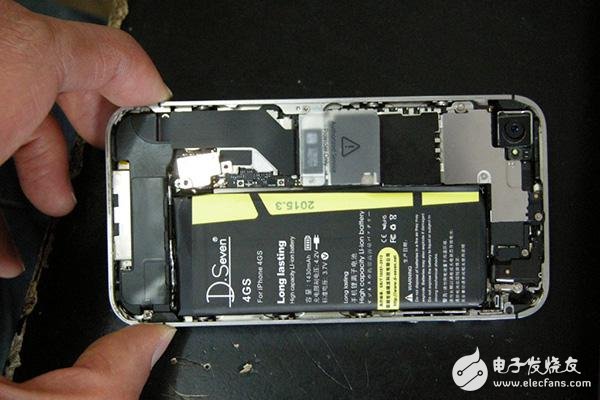
iPhone 4s with third-party battery
In order to ensure that no accidents will occur, mobile phone manufacturers usually recommend users to purchase original accessories. However, many users will purchase third-party accessories certified by the manufacturer after the original charger is damaged. There is no difference in actual use, and no safety or functional problems will occur. Only those unbranded, cheap cottage batteries or chargers may experience safety failures during use; therefore, it is recommended that you use original or third-party chargers/batteries whenever possible.
7. While playing the phone while charging, is it safe?
  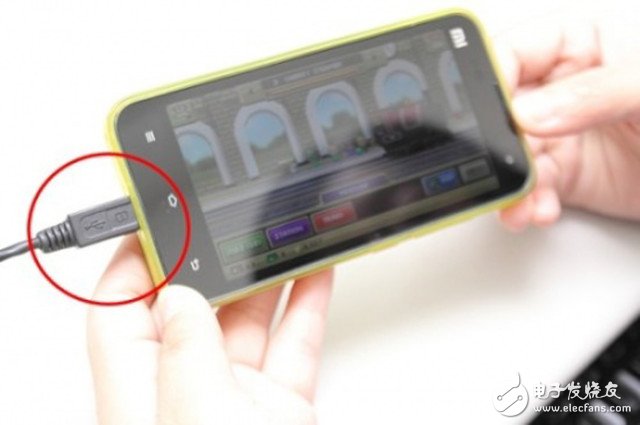
Playing the phone while charging, there is no security problem under normal circumstances.
Although there have been cases of accidents when using a mobile phone during charging, in reality this is not a problem with mobile phones or battery technology. This happens nothing more than using a charged phone in a pool or bathtub, or using a cheap, unsecured cottage charger. Genuine mobile phones and chargers have current protection measures. The maximum voltage is much lower than the maximum voltage that the human body can withstand. However, when playing the mobile phone while charging, it is necessary to consider the temperature of the mobile phone body. If the temperature is too high, the mobile phone should be stopped.
8. Will using the phone in a low temperature environment prolong battery life?

Using the phone in a low temperature environment will shorten battery life
In order to increase the battery life of mobile phones, some users will use them in a lower temperature environment. This is actually not the case. This method not only does not extend the battery life, but also affects battery life. The reason is that lithium-ion batteries can have the adverse effects of “hot†and “coldâ€, and the indoor temperature is the best temperature for smartphone batteries.
9. Does the smartphone battery need to be fully charged and discharged several times to activate?
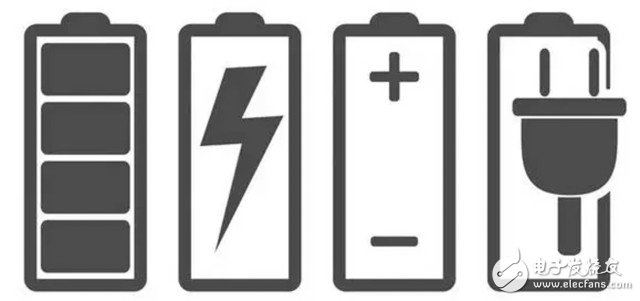
Do not "activate" the smartphone battery
Early nickel-cadmium and nickel-hydrogen batteries required similar "activation." These batteries produce a "memory effect", charging in an incompletely discharged state, which tends to overcharge the battery, but the battery used in today's mobile phones is a lithium-ion battery, and its initialization process is completed at the time of manufacture, so when it is used No activation is required.
10. I heard that reducing the number of charges can extend battery life?
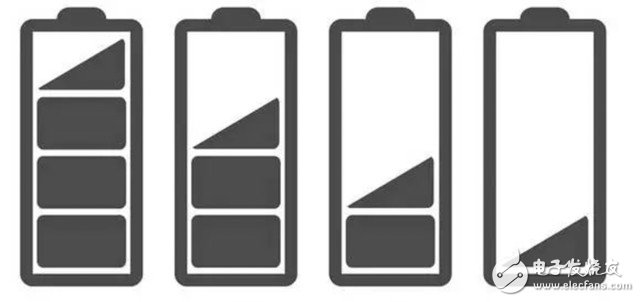
Lithium-ion battery life has nothing to do with the number of times of charging
Previously, it was widely believed that the lithium ion of a lithium battery would lose its vitality with the increase in the number of times of charging, resulting in the end of battery life, but Apple explained that the life of a lithium battery depends on the charging cycle rather than the number of times. Generally, the life of a lithium-ion battery can reach several hundred charge-discharge cycles. The charge-discharge cycle here refers to the process of charging the battery after it is used up, instead of plugging in the charger and then unplugging it once.
Written at the end
These are the misunderstandings that the author believes some users may have on the smartphone battery/charge. According to the decay mechanism of lithium-ion batteries, the author provides a battery "optimal" usage habits: maintain the mobile phone's power level at 30%-50% low battery state, until the battery is fully charged to 100%. This reduces the "station time in high-charge state" (for example, 100% of the battery is placed for one month, and 50% of the battery is placed for one month, the former's capacity declines more). Of course, this strategy is not very practical for current mobile phone users, so it is for reference only.
Finally, ask, little friends, what questions do you have about smartphone battery/charging? Feel free to leave your opinion in the comments section.
Small computer system interface (SCSI) is an independent processor standard for system level interfaces between computers and intelligent devices (hard disks, floppy drives, optical drives, printers, scanners, etc.). SCSI is an intelligent universal interface standard.
SCSI-3
In 1995, the more high-speed SCSI-3, called ultrasci, was born, and the data transmission rate reached 20MB / s. It increases the synchronous transmission clock frequency to 20MB / s and improves the data transmission rate. If 16 bit wide mode is used, the data transmission rate can be increased to 40MB / s. This version of SCSI uses a 68 pin interface, which is mainly used on hard disks. The typical characteristic of SCSI-3 is that the bus frequency is greatly increased and the signal interference is reduced to enhance its stability.
There are many models of SCSI-3. Ultra (FAST-20) has a transmission frequency of 20MHz, a data bandwidth of 8 bits and a transmission rate of 20MBps
Ultra wide has a transmission frequency of 20MHz, a data bandwidth of 16 bits and a transmission rate of 40mbps
The transmission frequency of ultra 2 is 80 MHz, the data bandwidth is 16 bits, and the transmission rate is 80 Mbps
The transmission frequency of ultra 160 is 80 MHz, the data bandwidth is 16 bits, and the transmission rate is 160 Mbps
The transmission frequency of ultra 320 is 80MHz, the data bandwidth is 16 bits, and the transmission rate is 320mbps
The transmission frequency of ultra 640 is 160MHz, the data bandwidth is 16 bits, and the transmission rate is 640mbps
Plastic SCSI Cover
ShenZhen Antenk Electronics Co,Ltd , https://www.antenk.com